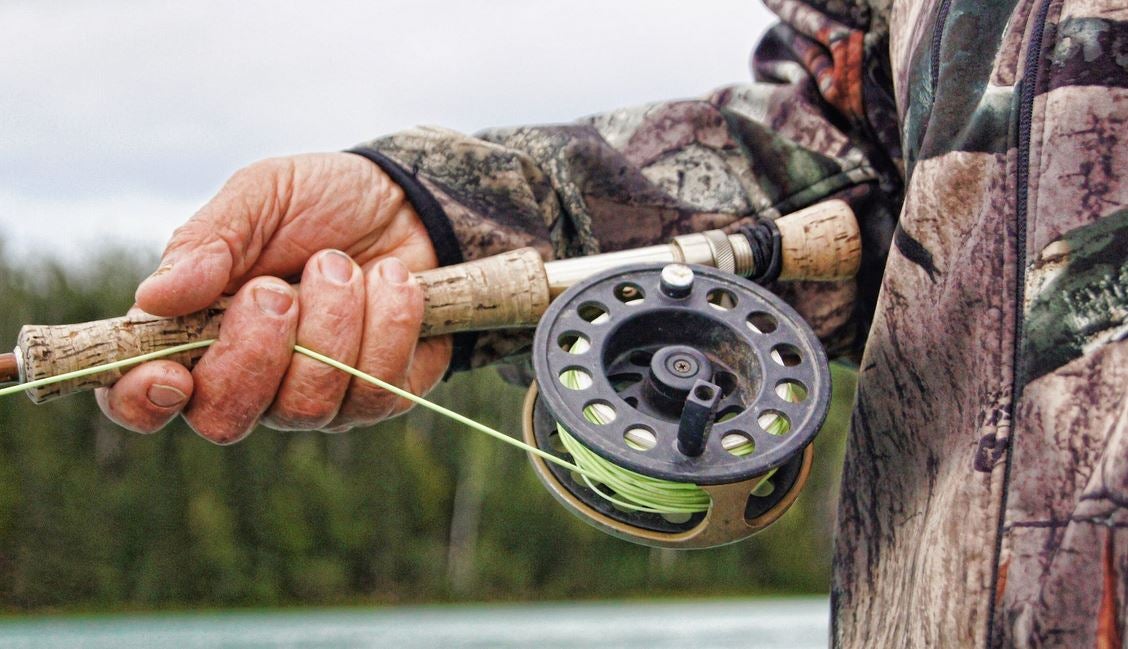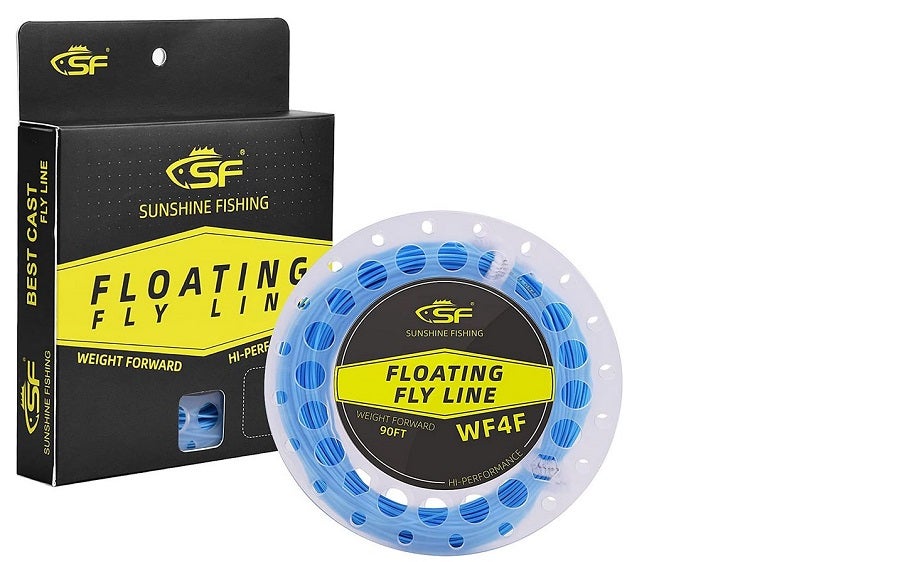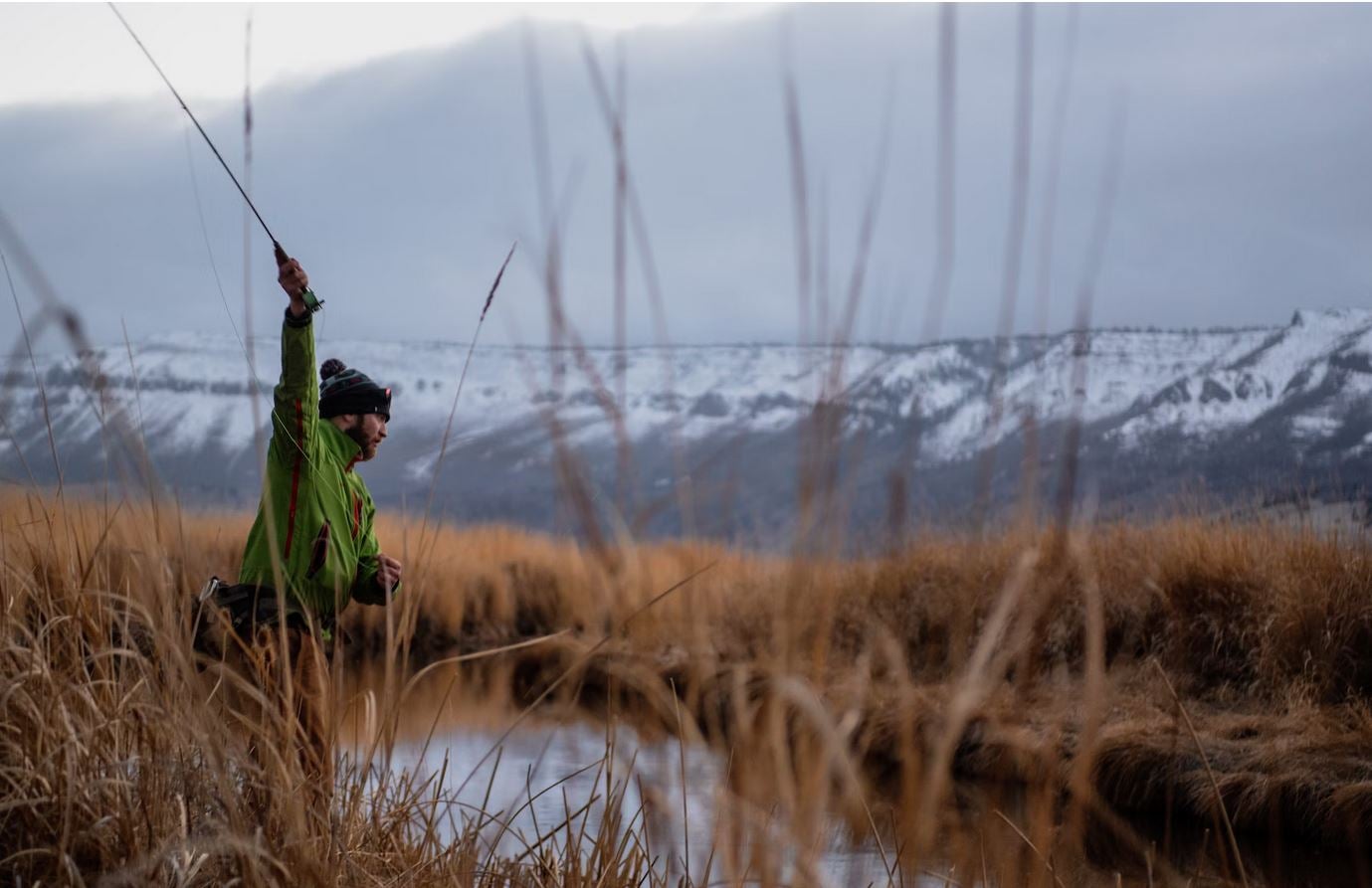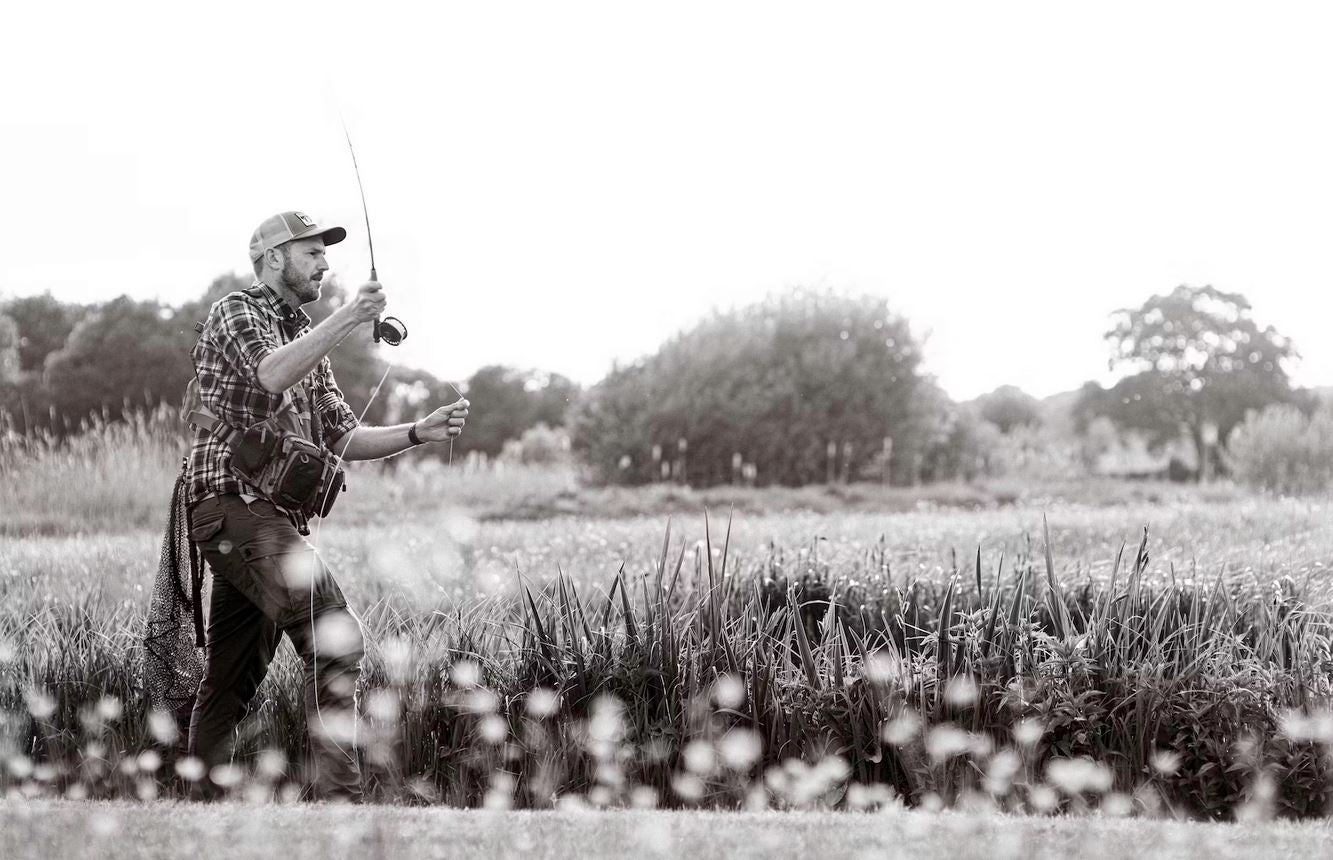Beginner’s Guide on How to Master Fly Fish Casting
Travis Olander 06.26.23
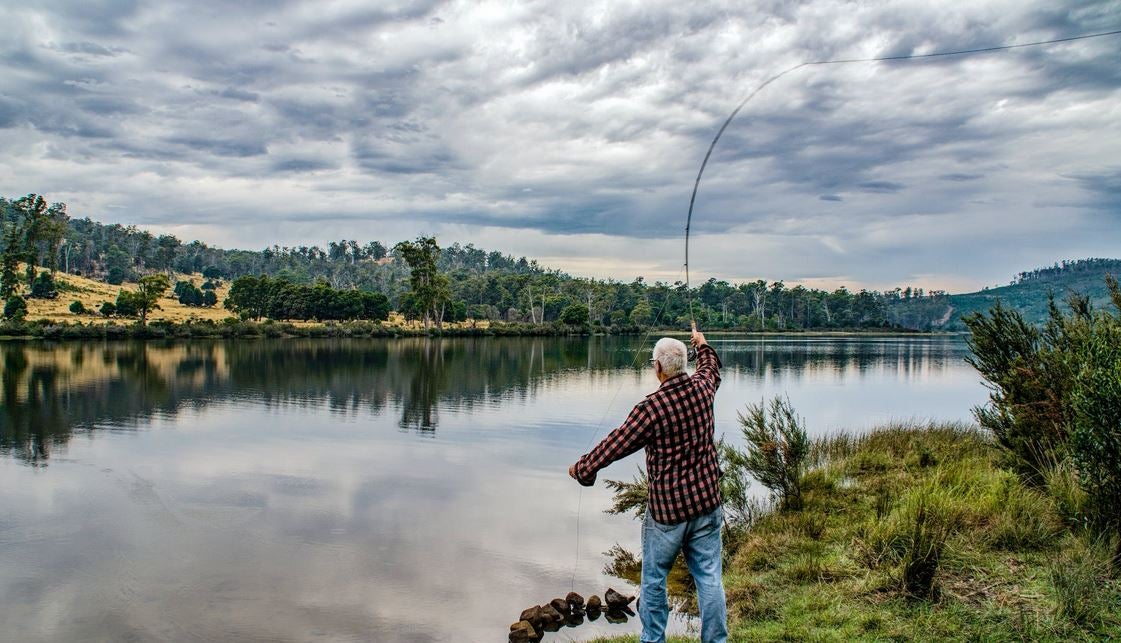
If you’re growing tired of throwing the same old jigs and sinkers into the water with your baitcaster or spinner, you’re ready to graduate to fly fishing. Veteran anglers tend to agree that for its complexity, fly fishing is generally more exciting and involved than traditional casting. But the fly fish casting is, itself, the critical – and most important – component to a successful day of setting hooks. Fly fish casting ain’t easy. It takes practice and understanding every step of the cast. Here are the top tips and tricks you should stick to in mastering the fly fish casting.
1. Fly Fish Casting – Get a Medium-Fast Action Rod
Medium-fast action fly rods are pretty stiff, and that’s a good thing for a new angler: they provide relatively little flex, which means more of your casting stroke’s energy is transferred directly into the weighted line. There’s still enough “whip” and flex to provide good accuracy, while also reducing the amount of stroke and technique required to load the line and aim. Good distance can therefor be easily achieved, allowing you to get more practice in presentation and mending with every cast on the water.
2. Fly Fish Casting – Stick with a Single Hand Rod
Switch and Spey rods are what you’ll often see the pros using. These super long (12′ to 14′) rods are made for extreme distance, super-heavy lines (500+ grams), and they’re generally reserved angling larger, more aggressive species. A single-handed is what beginners should start with. Single-hand rods are much shorter (8′ to 10′) and they use lighter lines that require less stroke and loading for good casting.
3. Fly Fish Casting – Practice with 4-Wt to 6-Wt Line
4- to 6-weight fly line is the “do-it-all” weight in fly fishing. It’s good for catching trout, panfish, whitefish, and small- to mid-size Bass. It also provides an excellent balance of strength and weight, putting you in the Goldilocks zone for practicing good casting: it’s not so light that it’ll get taken by modest currents and windy days, but it’s not so heavy that you’ll need to gun up to heavy, complicated lures with more precise casting technique.
4. Fly Fish Casting – Learn to Roll Cast, First
New fly anglers are always amped up to get out on the river or lake and start slingin’ big ole’ back casts. But this isn’t the right way to get into fly casting. The roll cast is the first thing any new fly fisherman should learn.
The roll cast provides good distance and easy aim but more importantly, it requires no real backswing. Perfecting the backswing on your fly cast is where most anglers wind up with tangles, unloaded line, and general failure and frustration. Learning to get your line and fly out on the water with a roll cast will ease you into understanding the dynamics and motions of good fly fishing casting, while also providing good distance and accuracy so you can land your first catches.
What is a roll cast, exactly? With this cast, your line starts in front of you, resting in the water. Your starting posture requires your casting arm to be raised, with the elbow bent at about 90 degrees. The rod’s tip is pointed up and just behind you, slightly outward so it’s not parallel with the line (this prevents tangles). The cast requires a simple forward flick with the wrist and forearm, with the line forming a “D” shape against the rod itself. If visualizing all this sounds confusing, check out this quick Roll Casting video lesson from the Orvis Company (they make great fly fishing gear).
5. Fly Fish Casting – A Good Cast Rests Between 10 and 2 
We’re referring to 10 and 2 o’ clock, and that’s relative to the position of your fly rod’s tip. If you’re winding up the arc of your swing behind you past the 2 o’ clock position, then you’re only going to waste momentum and risk a tangle.
Inversely, you don’t need to power the arc of your rod’s swing past 10 o’ clock, in front of you. Sticking to this roughly-90-degree casting arc will help with timing and power. Speaking of power…
6. Fly Fish Casting – Slow Down Your Casting Speed
Fly fishing is an act of patience and pace, not speed. That includes the speed of your swing when casting. New anglers often try to compensate for poor form by powering their rod and line through the air as fast as possible. But high line speed is not the key to loading the line, nor getting the best distance and placement.
If your rod sounds like you’re swinging a 9-iron through the air, you’re casting too fast. As you start the backswing, give a solid 2-second count before bringing the rod and line forward and into the water, and focus on using your wrist and palm to power the rod instead of your forearm. This will help dial down your speed.
7. Fly Fish Casting – Practice on Land
It might sound silly, but practicing your cast at a park or in the backyard can dramatically improve your performance on the water. Grab one of the kid’s Hoola Hoops, and use it to simulate your target. Who cares about odd comments from passersby? You’re honing a skill; they’re just being nosy. Practicing dry casting will allow for quick and easy resets, so you can get repetition and pacing down. Perfecting the nuance of a good fly fishing cast is much easier on land.
